Paminklas sovietų aktyvistams, nužudytiems 1941 m.
Memorialinė vieta

 106
106



Įsikūręs Raunos pilies griuvėsių teritorijoje, priešais sceną.
Galite aplankyti 1941 m. nužudytų sovietinių aktyvistų paminklą ir Raunos pilies griuvėsius.
Kai nacistinės Vokietijos kariuomenė okupavo Latvijos teritoriją ir įžengė į Rauną, 1941 m. liepos 8 d. Raunos pilies griuvėsiuose buvo sušaudyta 14 sovietų aktyvistų.
Tarp jų buvo profsąjungų aktyvistas Robertsas Ogriņš ir jo sūnus, moksleivis Ādolfas Ogriņš, pionierių vadas Jānis Lakats, ūkio darbuotojai Kārlis Palsis, Jānis Zariņš ir Antons Noviks, Raunos parapijos vykdomojo komiteto narys Jūlijs Gailītis, ūkininkas Jānis Geižins, traktoristas Jānis militaris, juodasis A.Aldersas, A.Aldersas. Jūlijus Ceriņš ir Artūrs Milnis bei darbininkas Ēvalds Plētiens. Oficialiuose straipsniuose šis įvykis apibūdinamas kaip susirėmimas su sovietinio režimo šalininkais, tačiau vietos gyventojų prisiminimuose šis įvykis dažniau traktuojamas kaip asmeninis susirėmimas tarp vieno rauniškio ir kitų rauniečių.
Po žudynių aukos buvo palaidotos ten pat, pilies griuvėsių papėdėje, bet vėliau perlaidotos kapinėse. Pasibaigus Antrajam pasauliniam karui, šaudymo vietoje buvo pastatytas laikinas paminklas, kuris vėliau buvo pakeistas. Dabartinis paminklas pilies griuvėsiuose buvo pastatytas 1982 m.
Panaudoti šaltiniai ir literatūra:
http://old.rauna.lv/turisms/pieminas-vietas/piemineklis-1941-gada-nogalinatajiem-padomju-aktivistiem?css=1&gads=2015
Raunos muziejus




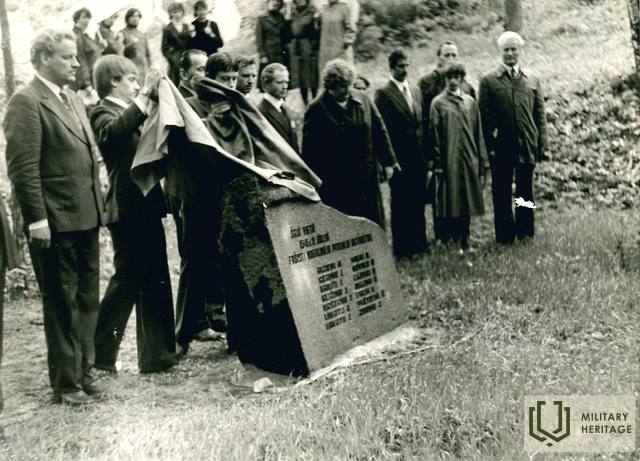
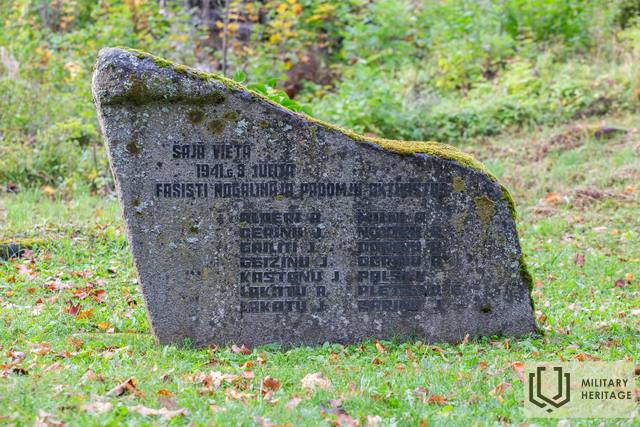
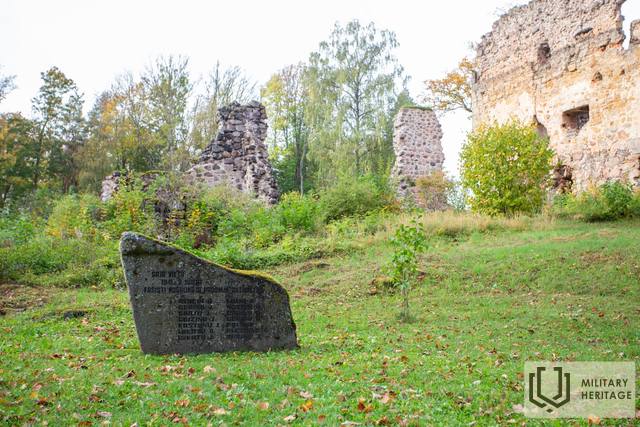

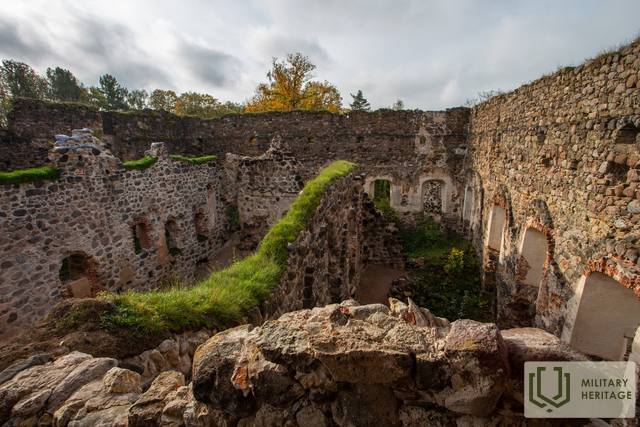
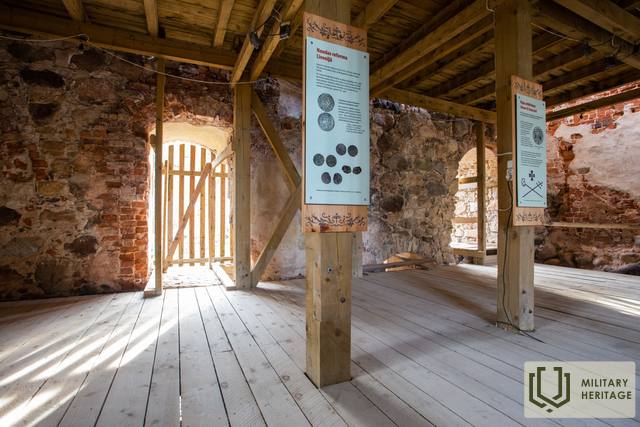
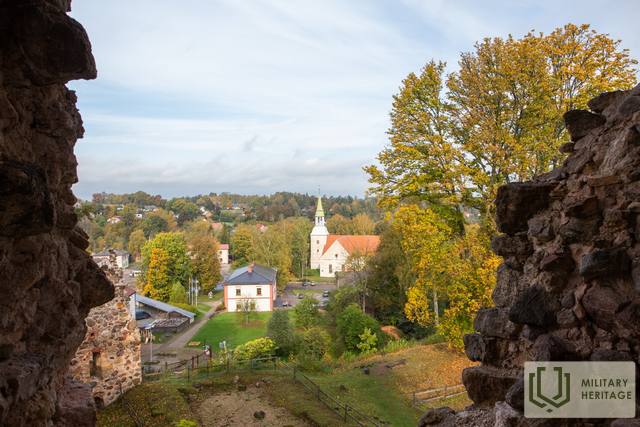

Kad ir kas buvo parašyta oficialiuose dokumentuose, mano senelis dar sovietiniais laikais buvo nepaprastai piktas, kad brolio vardas buvo begėdiškai teršiamas. Julijus Ceriņš niekada nebuvo komunistų aktyvistas. Istorija gana paprasta. Būdamas policijos pareigūnu, jis buvo sulaikęs vietinį niekšą, kuris, vokiečiams įžengus į Rauną ir stojus į gynybą, atkeršijo Juliui ir pašnibždėjo vokiečiams, kad Julius yra „raudonas žmogus“. Jie nušovė Juliją be teismo ir teisingumo. Jauniausias brolis Pēteris Oskars taip pat liko Štuthofo mirties stovykloje kaip vokiečių neapykantas ir politinis kalinys. Motinos širdis neatlaikė. Taigi neapykanta sunaikino visą šeimą. Ir jokių sovietinių aktyvistų.